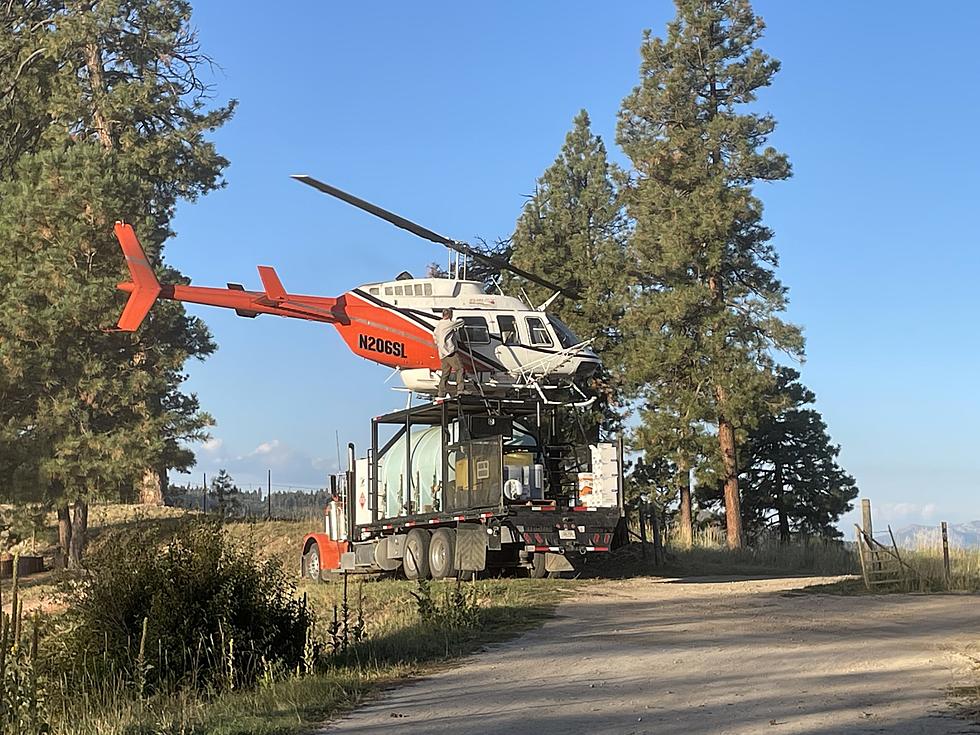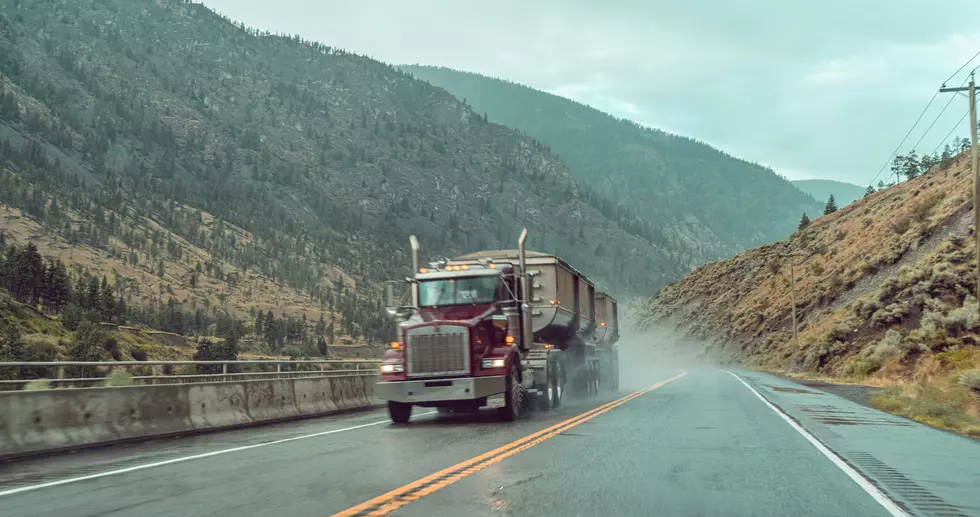
Bitterroot Forest Visitors, Watch For Signs: Spraying This Week
In 2023, after all the decades of environmental analysis and lawsuits, you may wonder why the Forest Service still uses aerial spraying to keep our Montana forests healthy.
But it remains the most effective, and affordable way to battle noxious weeds and invasive species that can wreak havoc on forest health, leading to problems like fire danger, erosion, and loss of important wildlife habitat.
The fall applications were allowed under an Environmental Impact Statement for managing invasive plants that was approved 20 years ago.

This week, the Bitterroot National Forest and the Ravalli County Weed District are treating problems with cheatgrass and spotted knapweed on about 3,000 acres using helicopter spraying of the herbicides Plateau, Compadre, and Milestone. The goal is to reduce, or even eradicate the weeds altogether. It's weather-dependent, so there could be times when spraying plans are limited.
“The fall is the best time to effectively treat these noxious weeds before they sprout” -Abbie Jossie, District Ranger.
When Spraying Will Take Place
The helicopter spraying started Monday and will continue through September 29th on the Darby-Sula Ranger District around Sleeping Child and Little Sleeping Child, Tolan Ridge, and Gird Creek. Anyone planning to recreate on the forest, including the popular Buttercup Loop Trail should be aware of the spraying operations. Signs have been posted.
Aerial spraying is the most efficient
“These are some of the newest herbicides available,” said Diane Bessler-Hackett, Rangeland Management Specialist. “They are recognized as having low use rates, little to no toxicity to humans, low toxicity to non-target organisms, and low potential for groundwater contamination.”
The chopper flies out of Hamilton but could use other staging areas as well. The emphasis is on hitting the cheatgrass and spotted kona-week on critical big-game winter ranges, eliminating competition with native species and stabilizing soils. Fire managers say cheatgrass also presents a greater risk of fire starts.
Funding for the spraying comes from a variety of federal and local sources and will involve treatment of more than 35,000 acres over the next four years.



